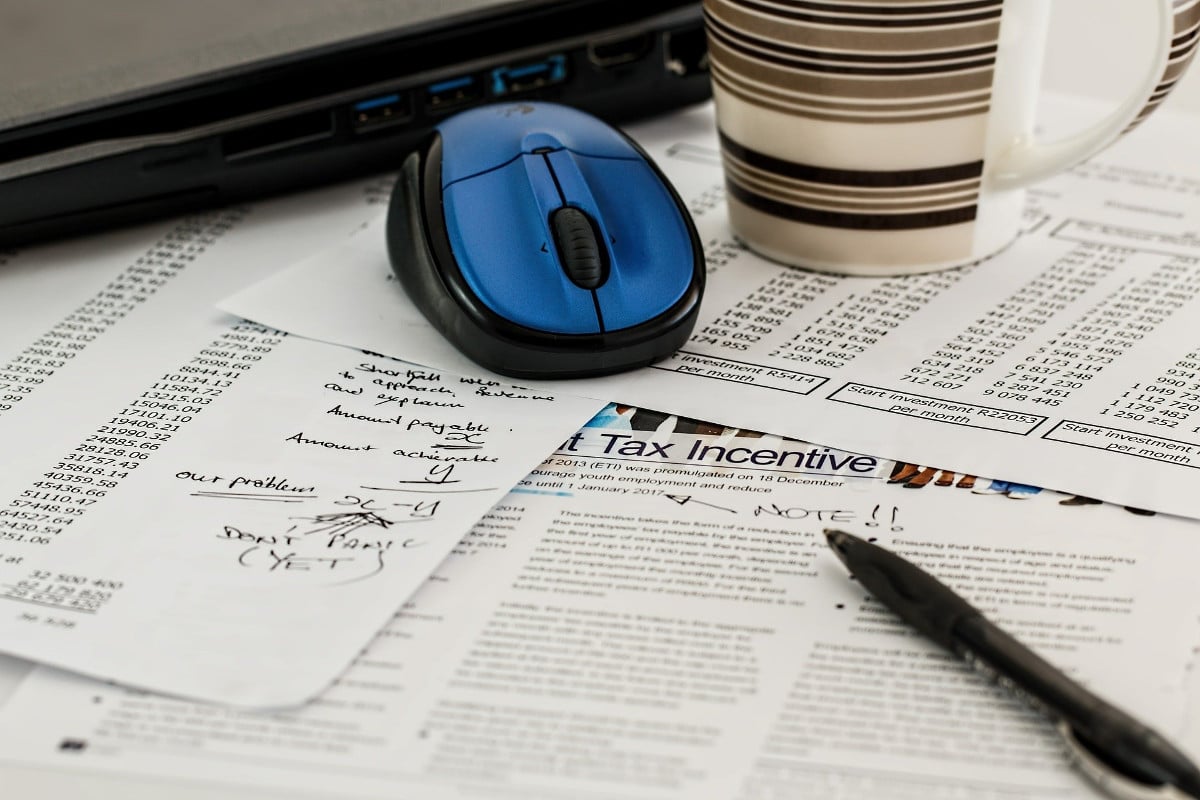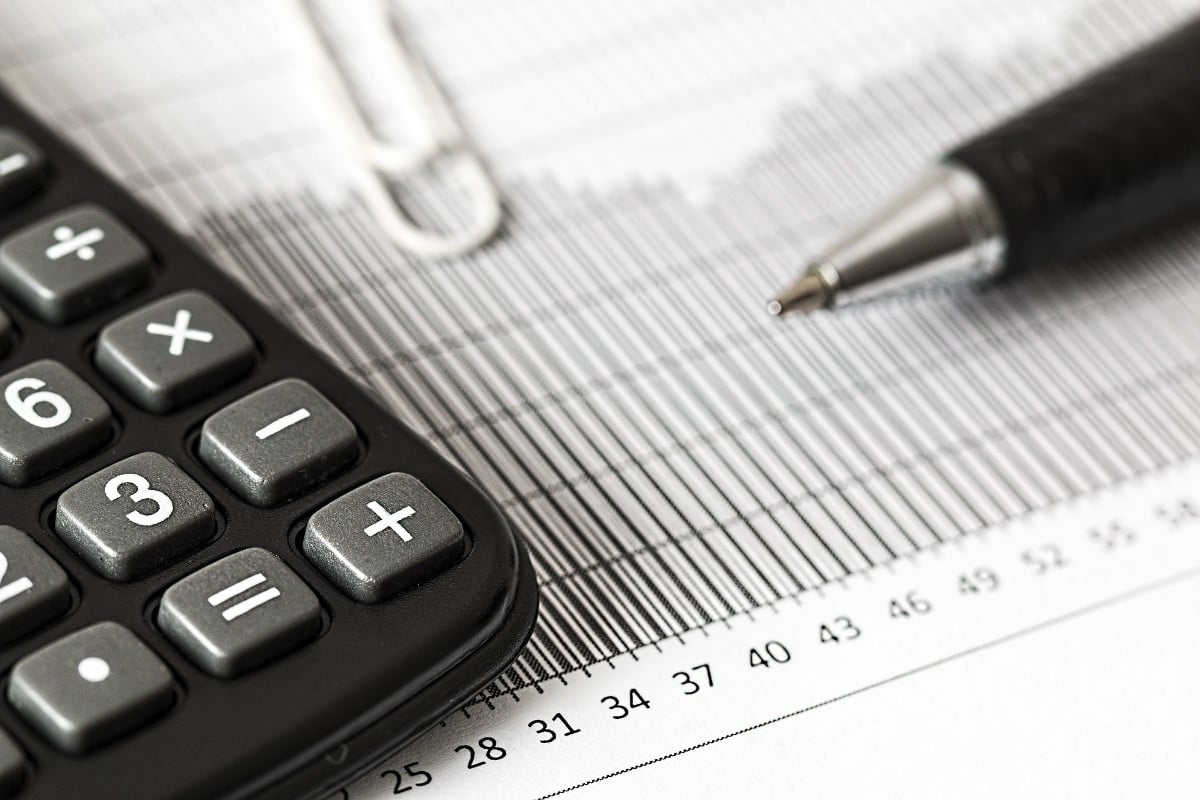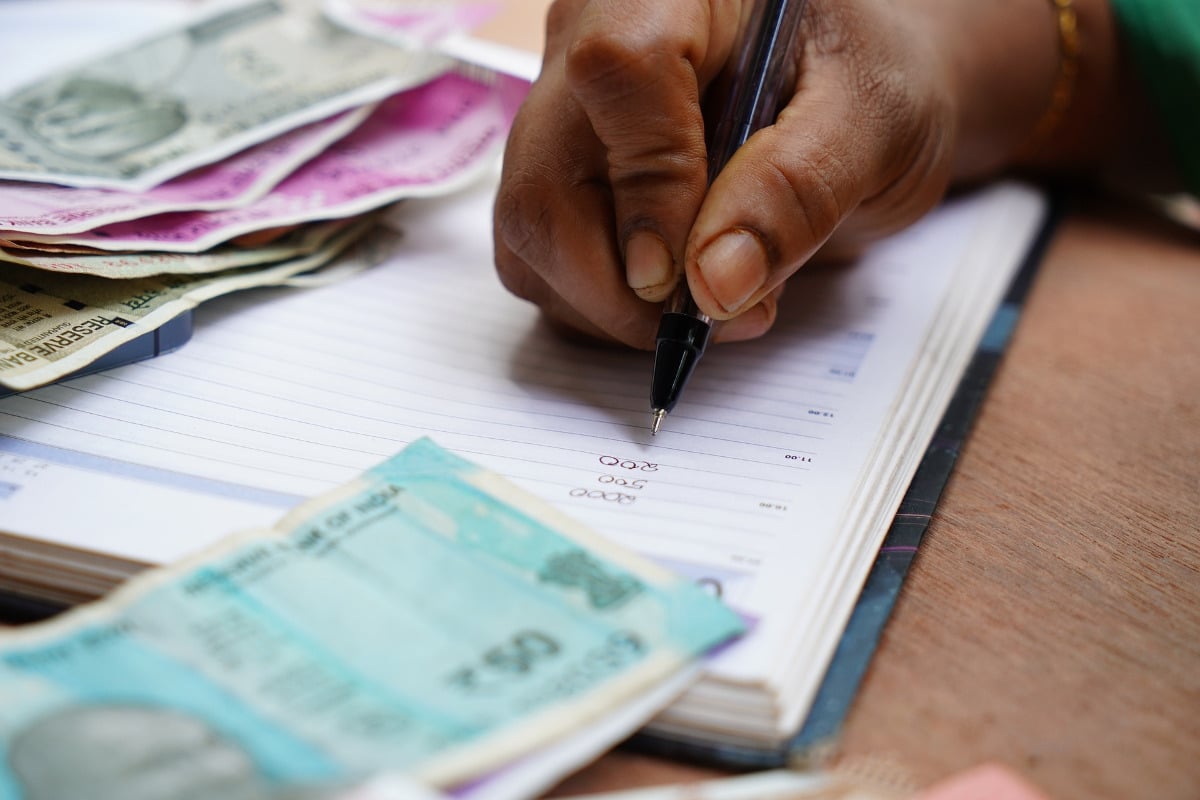
There are times when you come across a series of documents that, a priori, do not seem important. You even see them as a waste of paper, time and money. However, these can become very important. This is what happens to the bank statement.
If you would like to know what a bank statement is, what information it can offer you, the advantages it provides you with regard to accounting and some other information of interest, this information that we have prepared will help you to solve all your doubts.
What is a bank statement
A bank statement can be defined as that document that the bank sends, either electronically or by post, which reflects a summary of the movements of a bank account throughout a month, as well as the available balance of that account.
In other words, we are talking about a document in which you can see the movement of income and expenses that have been in a bank account in a specific period of time.
Before it was very common for banks to send a statement to their clients per month, so that they could have a follow-up for their accounting as well as for income and expenses. However, little by little this was falling into disuse, or it is a service for which it is charged to continue doing it, in such a way that many have eliminated this shipment or received it through the Internet (being able to modify the dates, types movements, etc.).
What data does it contain

When you ask for a bank statement, there is a lot of information that, if you are not sure what it refers to, it can overwhelm you. However, it is very easy to understand. And is that you will have 8 different points to pay attention to. These are:
Issuance date
That is, the date the bank statement was issued (printed, requested, etc.). It is important to be able to control the movements of a certain period of time.
Bank statement account holder
In order to know which bank account (and person or company) this document refers to.
Account code
We talk about the account number, the entity, office and DC. In other words, the full account code or IBAN code.
Date of operation
In this case you will find a good number of them, and that is the date on which, either an income or an expense, has been registered in the bank account. That way, you will know when that amount has been paid (either positive or negative).
Operation concept
In this case, they explain to you what the expense or income that is reflected in the statement has come to. In fact, it is sometimes even more informative than the date itself or the value of the operation that has been carried out.
Transaction value date
The value date, as conceptualized by the Bank of Spain, is the moment when «a credit in a current account begins to generate interest or when a debt ceases to generate interest, regardless of the day of the accounting of the operation or“ note accountant"".
In other words, we are talking about the date on which that operation has become effective.
Transaction amount
The money, positive (income) or negative (expense) that has been carried out.
Account balance
Finally, you will have the account balance, both the previous one, and the one you have after having made a movement.
What is a bank statement for?

A bank statement is not a mere document where the movements of the account are established (and the money changes that are in it), but it goes further since it is very useful for accounting and control with respect to income and expenses.
Furthermore, through this we can consult cash withdrawals, income, charges or direct debits, debts, commissions, etc.
A bank statement may seem silly, but the truth is that there are many advantages to using it, including the following:
- You can detect errors. Thanks to the fact that a bank statement shows you all the movements of a bank account, whether they are income or expenses, it is the most reliable source of what has happened to your finances and thus you can detect if there has been any expense or income that is not whether or not we would remember him.
- You can confirm your income and payments. If you have several clients, or several companies to pay, with the bank statement you can verify that indeed the income or payments have been satisfied and, in that way, forget about them (at least until the following month).
- Your accounting will be faster. Because you will not have to look for the payment or the deposit, you will have a document where everything from that account is reflected. If you have multiple accounts, you should have different bank statements that reflect that information in order to balance everything at the end of the month (or quarterly).
How to view the extract
Before, a bank statement could only be obtained going to the bank and requesting it in person. Over time, this service was automated, being able to Get it through the ATM. However, the appearance of the Internet and web pages, took another leap, since people could review this document through their online user in the bank.
At present, both this form and the use of the bank's official application on the mobile phone allow this informative procedure to be carried out, including print the document to have it physically.
How to get a bank statement

Currently, taking the bank statement is quite easy. Because you can go to your bank branch and request it, view it (and download it) from the bank's website, look at it in the mobile app or even have it printed at an ATM.
The good thing is that, if you look at it on the web, you can choose a personalized period, something that, in other places, is not possible, or you have to request it expressly. In addition, you should know that banks keep a record of all your movements for a period of between 5 and 20 years, so beyond that there will be nothing.